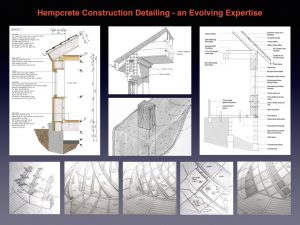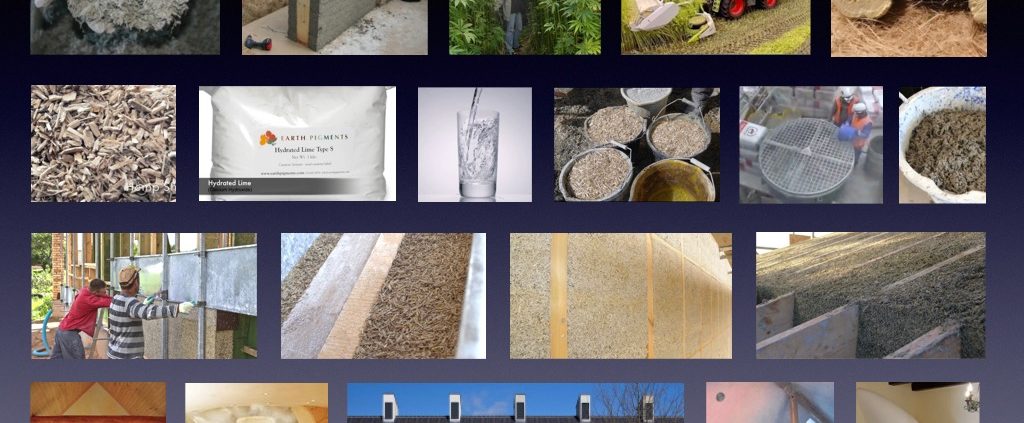Simplest is Bestest
“Simplicity is the ultimate sophistication”
– Leonardo Da Vinci
The outer wall of a building, the ‘envelop’ as it know as, is generally considered our third skin, after our clothes and our original birthday suit! All of these membranes serve many functions; both practical and aesthetic – regulating and connecting the inner and outer worlds. How information, energy and materiality are transported through these transitional zones is a vast subject of study and practice.
Depending on where the building is, the spectrum of this work varies from the structure being merely a simple hand made grass roof held up on bamboo stilts (e.g. Indonesia), to a heavily weather tight, highly insulated, fully automated smart building; with requirements for so many elements, layers, regulatory systems and construction components (e.g. Austria). Basically, a building (and in particular, its outer wall), particularly in the so-called advanced cultures, often has to do rather a lot of work to keep us in the comfortable state we have become accustomed to and expect.
The list of elements and factors that need to be considered when constructing such a wall is very long (and actually getting longer); including temperature differentials, weather proofing, structure, humidity, air quality, chemical off gassing, vapour barriers, ease of maintenance, mould, openings, movements, frictions and finishing to name but a few. The resulting mish-mash of layers and components that need to come together and do their own thing has reached ridiculous levels. Some items on this lists cannot touch each other, and need to be positioned and secured separately from one another, others need to have a perfect connection, joint or seal between them. Some only work some of the time, under certain conditions, whilst others may never stop, even when stopping is required. In many cases the idea of penetrating a wall with such troublesome things such as windows and doors can seem like just too much effort and risk. On top of all of this, we have to consider the amount of time, energy, attention (and damage / pollution) that is needed to create, transport and install each and every one of these disparate elements.
So what can we do about this? We can look to the natural world around us. Mother Nature is a big fan of Simplicity, effortlessly integrating minimal energy, materiality and space to express optimal flow, form and function. She is also an adept of Multi-Usage; imaginatively exploring how something can carry out a number of roles and purposes at the same time. There is so much we can learn and apply from Her, in order to achieve something that may eventually approach the noetic perfection of creation. Holistic Design is always seeking for knowledge, wisdom and inspiration from Life and it’s living systems.
As humans, our innate desire to manifest beauty carries us along the path of procurement and invites us to meet and engage with the Happy Hemp plant, and discover its myriad magical uses for construction, medicine, food, clothing and much more. It is truly a gift to humanity, on so many levels. In terms of Architecture and Construction, Hemp offers an elegant solution to our above-mentioned ‘Outer Wall’ problem; in the form of what is being called ‘Hempcrete’ (or HempLime).
How it works is this – when the pithy inner material of the Hemp stalk (called the Shiv or Hurd, which is normally considered a waste product) is removed and reduced to small chunks, and then added to water, lime and a few minerals, it becomes a soft malleable mix that can be poured and gently compacted into and between two pre-prepared shutters (in any shape, form or design) either side of a timber frame wall structure. Allowing the mix a little time to set, and then removing the shutters, reveals a completed strip of wall, upon which the next pour can take place; and so on until the entire building is complete. Once set and dry, this wall can be finished externally (and internally if desired) with a simple lime based plaster to weather proof it, and hey presto, it is done!
And here is one fantastic answer. This wall fulfils Natures requirements wonderfully; by virtue of its simplicity and its capacity to perform multiple functions simultaneously. It is a natural insulator, keeping the building warm inside during Winter, and cool during Summer. It regulates the humidity and moisture movement between inside and out, effectively letting the building breathe and generating a healthy indoor climate for humans. It its anti-fungal (no mould!) and also insect repellant. It is a perfectly natural and recyclable material, fire resistant, and also has the capacity to absorb CO2. It is easy to grow, prepare, and install and has an economic life of hundreds of years, requiring minimal maintenance in this time.
But get this – in the few years after it is constructed, the HempLime wall will naturally petrify (become stone-like) which makes it more solid and durable, and eventually able to perform an additional task and benefit of contributing to the structural integrity of the entire building, without loosing or diminishing any of its other qualities and capacities. Simplicity is indeed the ultimate sophistication.
So, this blog wishes to illustrate a simple principle, that has such practical applications. This principle requires that we look at what we are currently accepting as ‘normal’ practice, in terms of construction detailing – and see clearly how unnecessarily complex it has become – and to use this truth seeing to perceive and open to much simpler, elegant and more successful solutions. In addition, there is another hidden truth in this new way of old-seeing; which opens the door for us to imagine other formations and structures, that would have previously scared us, or we would have thought were simply not possible.
This principle can serve us, collectively, not just for our design and construction movements, but indeed for all aspects of all of our lives.
Let’s find out what more is possible?





Leave a Reply
Want to join the discussion?Feel free to contribute!